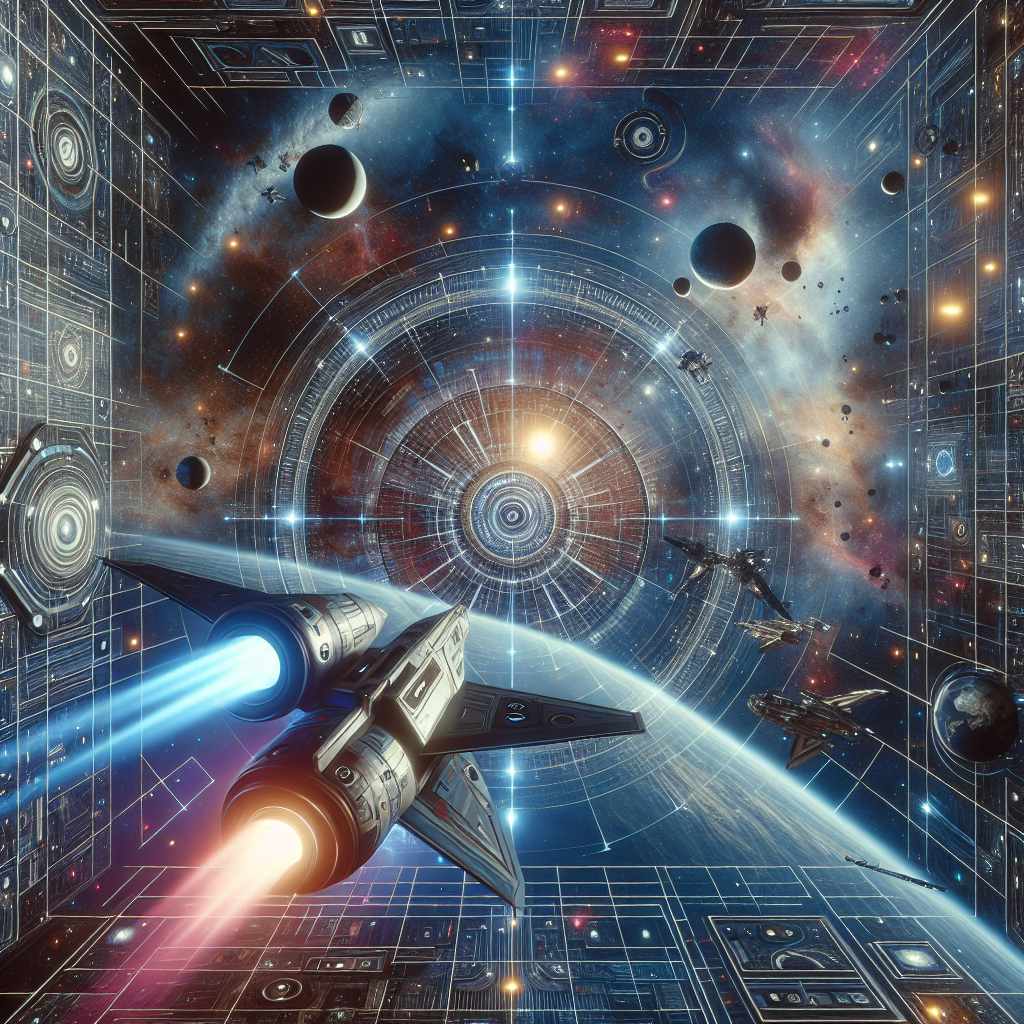The dream of interstellar travel has captivated humanity for generations. However, the engineering challenges are immense. Traditional methods of spaceship design are slow, expensive, and often limited by human biases and intuition. But now, a new era is dawning, powered by the potential of artificial intelligence (AI).

low, expensive, and often limited by human biases and intuition. But now, a new era is dawning, powered by the potential of artificial intelligence (AI).
The Rise of AI in Starship Design
Machine learning (ML) algorithms are proving to be invaluable tools in tackling the complexities of interstellar spacecraft design. These algorithms can analyze vast datasets, identify optimal designs, and predict performance characteristics far more efficiently than human engineers alone. This leads to significant improvements in several key areas:
Enhanced Propulsion Systems
Designing efficient and powerful propulsion systems is critical for interstellar travel. ML can optimize engine designs, fuel consumption, and trajectory planning, leading to faster travel times and reduced fuel costs. For example, AI can model various propulsion technologies, such as ion thrusters or fusion reactors, and identify the most promising candidates for specific mission profiles. Consequently, we may see breakthroughs in propulsion technology previously unimaginable.
Improved Structural Integrity
Interstellar spacecraft must withstand extreme conditions during long journeys. ML can help engineers design lighter, stronger, and more resilient structures by simulating stress, strain, and other factors that could affect the integrity of the vessel. Moreover, AI can optimize the use of materials, leading to significant weight savings and potentially reducing the overall cost of the mission. This is crucial, as every kilogram counts in space travel.
Autonomous Navigation and Control
Long interstellar voyages require robust autonomous navigation and control systems. ML algorithms can be trained to handle unexpected events, navigate complex environments, and make critical decisions without constant human intervention. Furthermore, AI can analyze sensor data in real-time and adjust the spacecraft’s trajectory to optimize fuel efficiency and minimize risks. Thus, the reliability and safety of interstellar missions are greatly enhanced.
Optimizing Mission Parameters
AI can analyze a vast range of parameters – including launch windows, trajectory, and mission duration – to identify the most efficient and cost-effective mission plans. This significantly reduces the risk of mission failure and improves the overall success rate. For instance, AI can simulate various scenarios and predict potential problems, allowing engineers to take proactive measures.
The Challenges Ahead
Despite the potential of AI, there are still several challenges to overcome. For one, the sheer complexity of interstellar travel requires vast computational resources. Additionally, the development of robust AI algorithms capable of handling unexpected situations remains a critical area of research. Nevertheless, progress is being made rapidly.
The Future of Interstellar Travel
In conclusion, AI is poised to revolutionize interstellar travel by significantly improving the efficiency, safety, and feasibility of long-duration space missions. Through the use of machine learning, we are moving closer than ever before to realizing the long-held dream of interstellar exploration. 🚀
Further Reading:
#AI #ArtificialIntelligence #MachineLearning #SpaceExploration #InterstellarTravel #StarshipDesign #Spacecraft #Propulsion #FusionReactor #IonThruster #AutonomousNavigation #SpaceTechnology #DeepSpace #Robotics #Engineering #Innovation #FutureofSpace #NASA #ESA #SpaceMission #BigData #DataAnalysis #Simulation #Optimization #SciFi #Science #Technology #SpaceIndustry #Aerospace
“`
